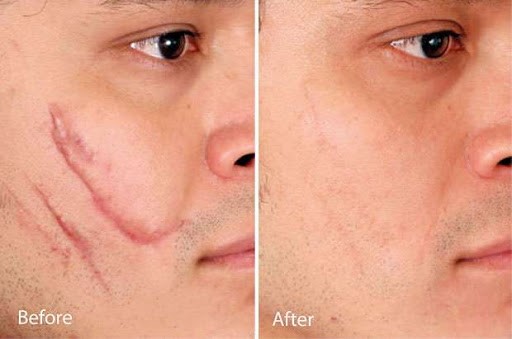This classification system not only allows us to classify scars according to their appearance but also identifies targets and sites for intervention and therapy.
Newer red scars can be treated using vascular lasers that target the redness. This not only decreases the redness but also modifies collagen within the scar resulting in an improved end appearance.
The appearance of pale or pigmented scars can be improved using fractionated resurfacing lasers such as Fraxel, Resurfix or Active FX. These laser make thousand of tiny microscopic holes that heal leaving scars that are more pliable and have a more natural colour and appearance.
Hypertrophic or keloid scars can be flattened by injection into the scar of either a steroid or Isoptin, both of which cause localised shrinkage of the scar tissue. Often multiple treatments are required. Keloid and hypertrophic scars can also be improved using a high energy fractionated CO2 laser such as active FX. Hypertrophic scars have a tendency to recur. This tendency can be reduced by the regular application of a silicone gel such as Kelocote or Dermatix.
The surface profile of elevated scars can be improved in similar fashion by a combination of injection and active FX or Fraxel laser therapy.
Depressed or indented scars are caused by contraction of deeper scar tissue that pulls the scar downwards. There are 2 types of treatment for depressed scars that can be used alone or in combination. Filler injections can be placed under the scar to elevate it and are quick and give good short to medium term results. Depressed scars can also be elevated by a surgical procedure known as subcision. Subcision is carried out under local anaesthetic. A needle with a tiny blade at its tip is used to break the tethered bands which in turn releases the scar upwards.





